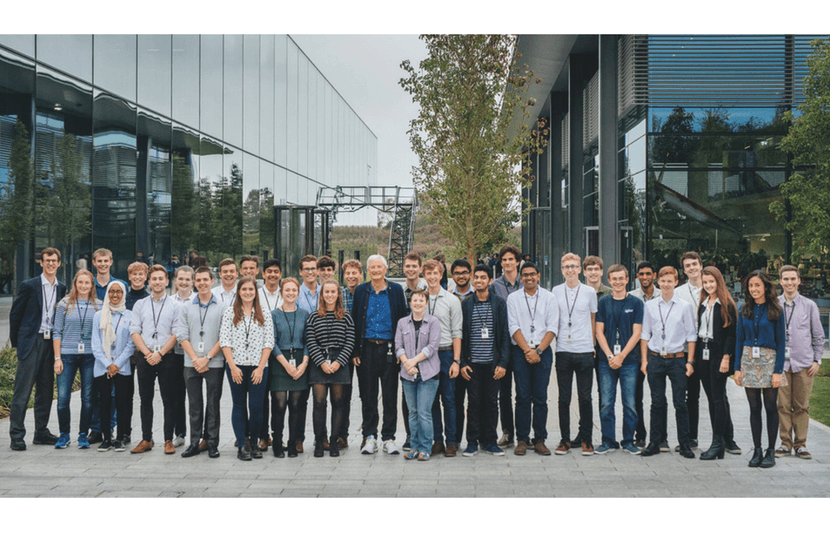A university degree is expensive. There’s a shortage of engineers in developed nations. And there’s a huge gender gap in the field of engineering.
So how do you solve these problems?
Well, if you are Sir James Dyson, you start your own school.
The name James Dyson has been synonymous with innovative technological advances for over two decades. As an industrial designer, investor and philanthropist, the founder of Dyson Ltd. has been responsible for the development of many household appliances, including the “Dual Cyclone” bagless vacuum cleaner and the hygienic Airblade hand dryers. Recently, though, Dyson’s most innovative project has not had anything to do with appliances.
This month, the Dyson Institute of Engineering and Technology (Dyson Institute) opened its doors to its first class of undergraduate engineering students.
The new class consists of 33 students who were selected from a pool of more than 850 applicants. The institute had initially planned on offering only 25 seats, but increased the number to 33 due to the high caliber of the applicants.
Students enrolled at the Dyson Institute will work full-time at the Dyson company for four years and gain hands-on experience working alongside the company’s engineers and scientists. They will get their academic training from WMG, the University of Warwick and graduate with a Bachelor of Engineering degree.
The students will receive competitive pay for their employment and have their tuition costs picked up by Dyson, which means they will graduate without any student debt. They also have the possibility of qualifying for a graduate engineering job at the company if they meet certain prerequisites.
The Dyson Institute will help mitigate the shortage of engineers in many parts of the world, including the U.S. and UK.
Currently, the UK is short of 69,000 engineers each year. “Britain suffers from an acute lack of engineering graduates which is threatening science, technology and engineering,” Dyson said in a statement.
The shortage of qualified engineers in his country, including female engineers, has long been a point of concern for Dyson. The Dyson Institute is, therefore, a natural extension of his involvement with schools and universities around the world to encourage interest in engineering.
“James established the James Dyson Foundation in 2002, and we have been involved in a number of projects since, which engage with schools, universities and young people, to inspire everyone to invent and engineer,” said Victoria Lim, a communications executive at the Dyson company.
https://www.youtube.com/watch?v=klZqNdvP_9A
Dyson will also use the Dyson Institute to bridge the gender gap in the engineering industry in the UK.
Twenty-seven percent of this year’s entering class are female.
According to Dyson, only 16 percent of the students currently studying engineering at a university in the UK are female. The country’s percentage of practicing female engineers is even lower, totaling only 9 percent. Given these numbers, it certainly seems like Dyson’s plan to increase the number of female engineers has not come a moment too soon.
Although Dyson can boast that his company’s workforce is roughly 45 percent female, he is not satisfied with that number and wants to raise that specific figure to at least 50 percent. He also wants to increase the number of female engineers in the workforce to a significantly higher number.
“James has been passionate about the engineering skills shortage for over a decade, and we see encouraging female engineers and breaking down negative perceptions of the industry as key to solving this problem,” said Lim.
The Dyson Institute is located in Malmesbury, Wiltshire, England, where the Dyson company has its research and development department (RDD).
“Our ambition for the Institute is to become a university, the first of its kind in the UK, with our undergraduates living on the Dyson HQs in Malmesbury, Wiltshire, and studying and learning in our labs and RDD spaces,” Lim said.
Dyson has identified an immense problem within his industry and, like a true engineer, he has found a new, creative way of taking it on and providing a real world solution.



